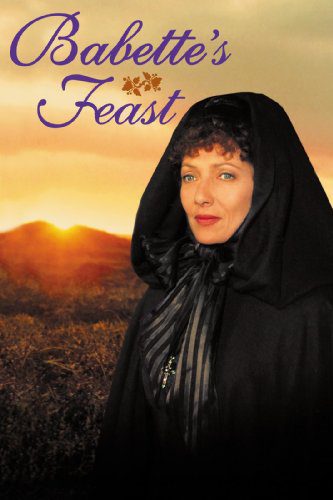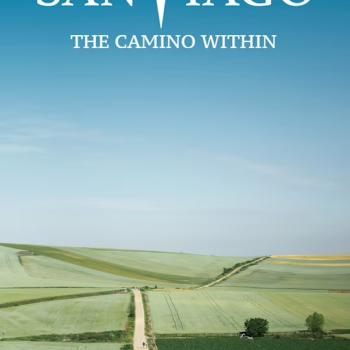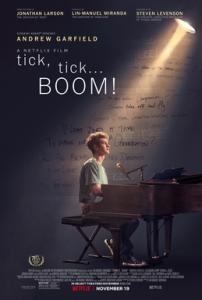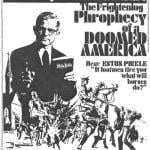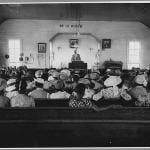In 1995 I returned from two years of graduate study at the University of London’s Institute of Education, MA in tow. I proposed that my community begin the Pauline Center for Media Studies in Boston with a good media library. At that time the budget was healthy and almost every Sunday after mass I went to the Barnes & Noble store at Chestnut Hill to savor a great cup of coffee as I browsed their excellent collection. On my second visit I met T.J., a student at Boston College who went on to do a doctorate in theology there. Over many months we talked books, theology, media.
We have remained in touch, even when I moved to LA and he moved with his family to the DC area. (It’s a small world. I met TJ’s sister at the Satellite Awards a couple of years ago, a surprise for both of us!) Last year he earned his doctorate in theology (“Film as Mystagogy” that someone just has to publish; seriously). He sent me his dissertation and I fell in love with his fascinating sacramental take on “Babette’s Feast” – not only the Eucharistic perspective, which is what most writers go for, or Babette as Christ Figure, but on the outward signs of death, burial, mourning, grief that reveal the grace of Babette’s actions. In this article he expands his sacramental gaze.
The University of Nebraska/Omaha’s Journal on Religion and Film has just published T.J. Curry’s article Babette’s Feast and the Goodness of God, right on time for the 25th anniversary of the film’s release.
T.J. also examines a variety of scenes and they appear in the article as well. His writing is warm and accessible.
Cailles en sarcophage (Quails in coffins)
Abstract
This article attempts to answer the preeminent question Babette’s Feast invites viewers to consider: Why does Babette choose to expend everything she has to make her feast? Of the critical studies made of the film, few have considered analytically crucial the catastrophic backstory of Babette, the violence of which is implied and offscreen. Appreciation of the singularity of Babette’s own personhood and the darker aspects of her experience, and not only how she might act as a figure of Christ, are key to understanding the motivating force behind her meal and its transformative effect: That through the feast Babette lays to rest the horrors of her past and takes refuge in God’s goodness.
Keywords
Babette, Christ figures, Women, Food, Sacrifice, Evil
Author Notes
Thomas J. Curry, teaches at St. John’s College, a Lasallian preparatory school in Washington, DC. He holds a BA in Religion from La Salle University, and an MA and PhD in Theology from Boston College. He also has a Certificate in Japanese Tea Ritual from Urasenke Gakuen in Kyoto, Japan, and is completing a Certificate in Nonprofit Management at Marymount University. Dr. Curry’s research and teaching interests include systematic theology, film as mystagogy, Catholic identity and mission advancement.


